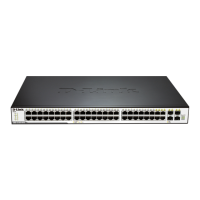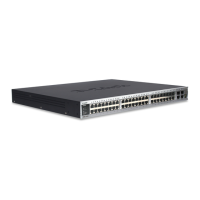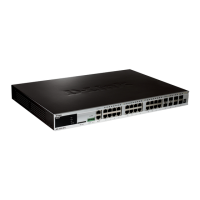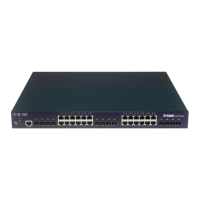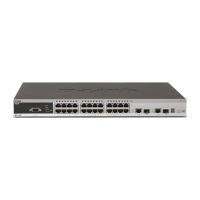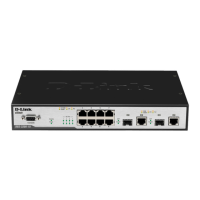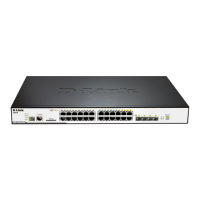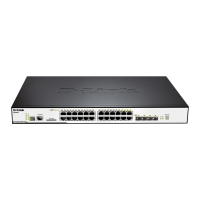xStack® DGS-3120 Series Layer 3 Managed Gigabit Ethernet Switch Web UI Reference Guide
217
Hold down can be used to force a router to ignore new route updates for a period of time (usually 60 seconds) after
a new route update has been received. This allows all routers on the network to receive the message.
A router can ‘poison reverse’ a route by adding an infinite (16) hop count to a route’s advertisement. This is usually
used in conjunction with triggered updates, which force a router to send an immediate broadcast when an update
of an unreachable network is received.
RIP Version 1 Message Format
There are two types of RIP messages: routing information messages and information requests. Both types use the
same format.
The Command field specifies an operation according the following table:
Command Description
RIP Command Codes
The field VERSION contains the protocol version number (1 in this case), and is used by the receiver to verify
which version of RIP the packet was sent.
RIP 1 Message
RIP is not limited to TCP/IP. Its address format can support up to 14 octets (when using IP, the remaining 10 octets
must be zeros). Other network protocol suites can be specified in the Family of Source Network field (IP has a
value of 2). This will determine how the address field is interpreted.
RIP specifies that the IP address, 0.0.0.0, denotes a default route.
The distances, measured in router hops are entered in the Distance to Source Network, and Distance to
Destination Network fields.
RIP 1 Route Interpretation
RIP was designed to be used with classed address schemes, and does not include an explicit subnet mask. An
extension to version 1 does allow routers to exchange subnet addresses, but only if the subnet mask used by the
network is the same as the subnet mask used by the address. This means the RIP version 1 cannot be used to
propagate classless addresses.
Routers running RIP version 1 must send different update messages for each IP interface to which it is connected.
Interfaces that use the same subnet mask as the router’s network can contain subnet routes, other interfaces
cannot. The router will then advertise only a single route to the network.
RIP Version 2 Extensions
RIP version 2 includes an explicit subnet mask entry, so RIP version 2 can be used to propagate variable length
subnet addresses or CIDR classless addresses. RIP version 2 also adds an explicit next hop entry, which speeds
convergence and helps prevent the formation of routing loops.
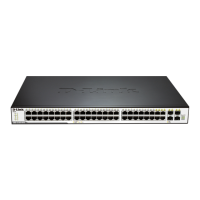
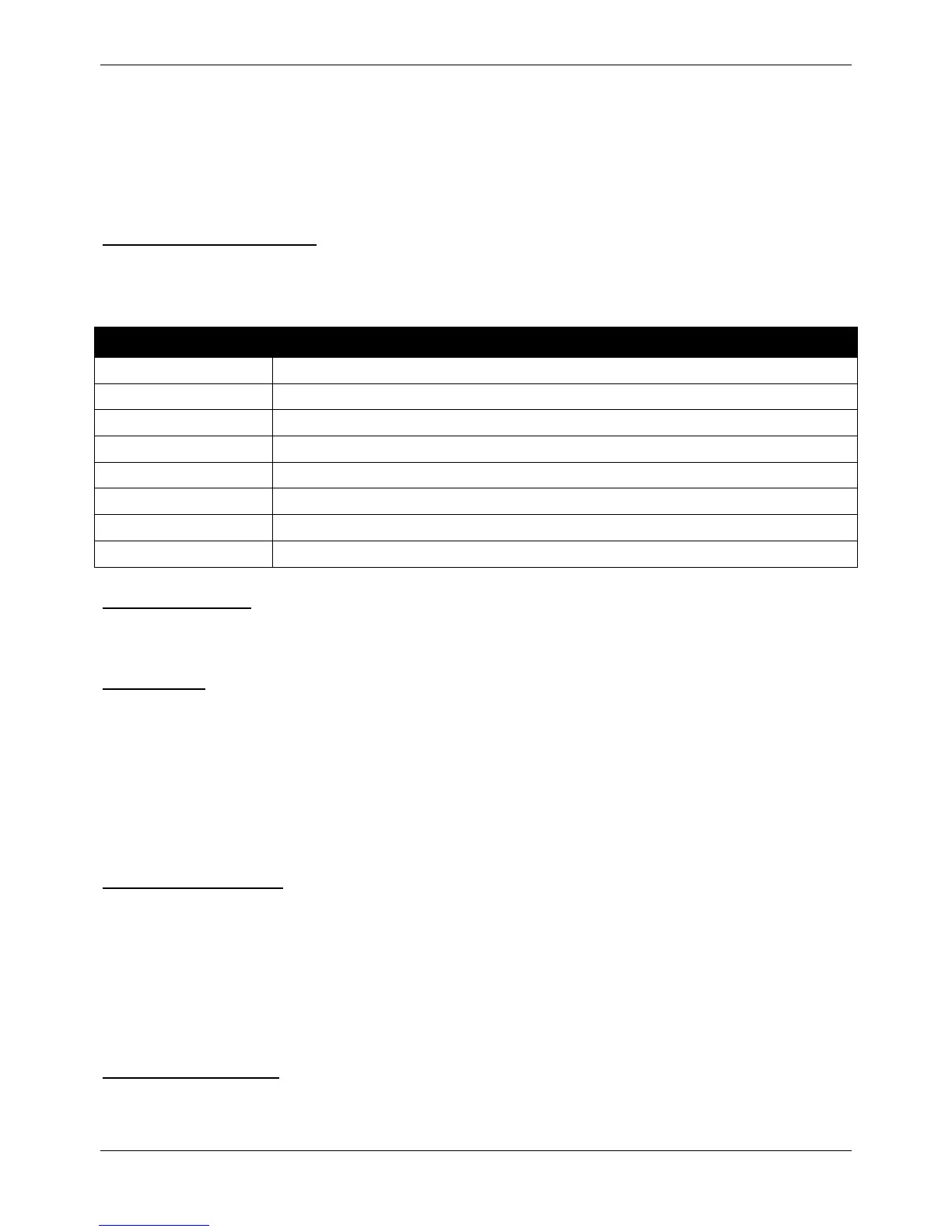